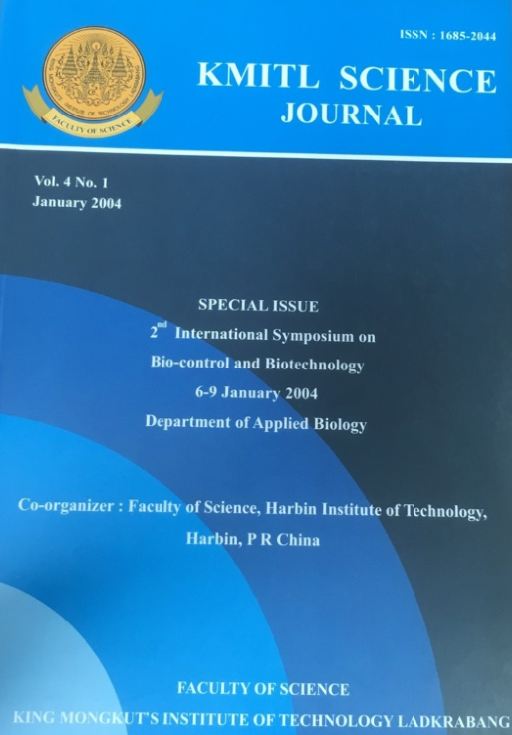Economic Effects of Pruning and Bagging Technologies in Mango Production in Selected Major Producing Areas in the Philippines
Main Article Content
Abstract
The effects of pruning and bagging technologies on 332 mango growers in Luzon, Visayas and Mindanao were analyzed in terms of improvement in fruit quality, reduction in the use of chemicals, change in pest management cost, productivity, and net income over pest management cost.
Control of pests and diseases during production was mainly chemical control using active ingredients of varying toxicity. Pruning reduced the volume and cost of chemicals, and decreased the cost of pest management as indicated by the estimated cost function. Pruning is a yield increasing technology based on Cobb-Douglas production function. Net revenue above pest management cost was higher for adopters than for non-adopters of pruning.
While bagging reduced the volume and cost of chemicals, it did not reduce the cost of pest management because bagging is relatively costly. Nonetheless, bagging resulted in higher yield and a higher proportion of yield sold to exporters. Net revenue above pest management cost for adopters in Luzon was higher than for non-adopters by about $10 per tree. The difference was not significant, but represents a big opportunity for growers with limited capital. The technology has important backward linkages in terms of rural labor and recycling of papers as bagging materials but can reduce the use of chemicals.
The technologies have long-term effect on the environment and the “mango-eating” public via reduction in the use of chemicals. The continued adoption of the technologies could minimize environmental pollution and accumulation of the ill-effects of chemicals on the health of workers, households members and consumers.
Keywords: mango, pruning, bagging, cost function, production function, backward linkages
Corresponding author: E-mail: cast@kmitl.ac.th
Article Details
Copyright Transfer Statement
The copyright of this article is transferred to Current Applied Science and Technology journal with effect if and when the article is accepted for publication. The copyright transfer covers the exclusive right to reproduce and distribute the article, including reprints, translations, photographic reproductions, electronic form (offline, online) or any other reproductions of similar nature.
The author warrants that this contribution is original and that he/she has full power to make this grant. The author signs for and accepts responsibility for releasing this material on behalf of any and all co-authors.
Here is the link for download: Copyright transfer form.pdf
References
[2] L.L. Jones, Input-output modeling and resource use projection. Faculty paper series. Department of Agricultural Economics. Texas A&M University, College Station, Texas, 1997
[3] SMISLE. Integrated pest management for mango, (1997).
[4] H.G. Golez, Technology updates on production, Session #3. National Mango Research and Development Center, 1st MIN Mango Congress, August 19-20. 1996.
[5] M.P. Ambanloc, E.N. Farin and D.N. Simon, Optimized pruning techniques on mango. A Terminal Report. 2000.
[6] M.P. Ambanloc, E.N. Farinand D.N. Simon, Pruning and thinning technology for mango production. Pangasinan State University Pamphlet, Series no. 1, 2000.
[7] S. Ghatak, and K. Ingersen, Agriculture and Economic Development, (Harvester Press Publishing Group, Sussex, 1984)


